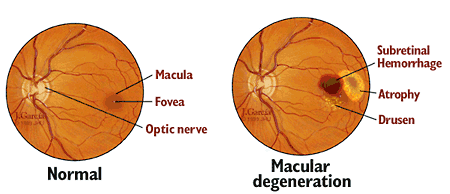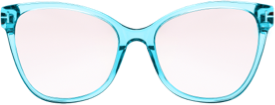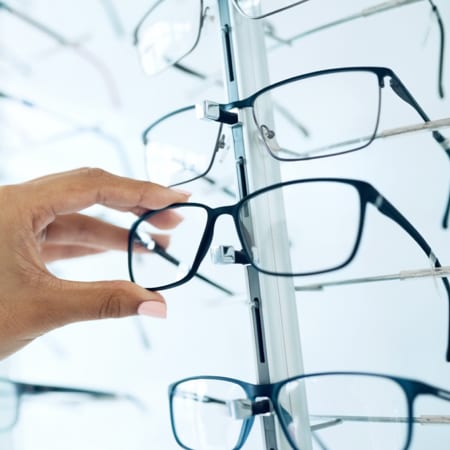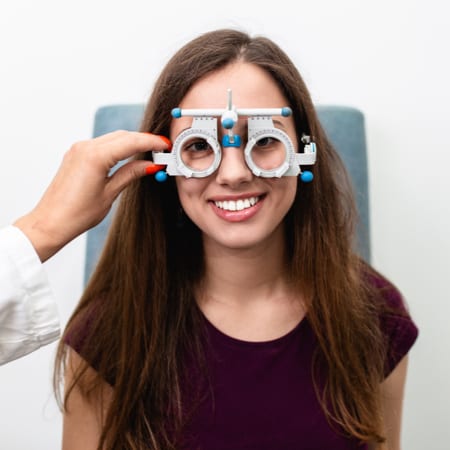



More of Our Services
Explore the different eye care services we have to offer at Woodstock Vision Care.
Diabetic Eye Exams
Diabetes can affect more than just your blood sugar—it can also affect your vision. Our diabetic eye exams are designed to help you understand diabetes and the impact it can have on your visual health.
Laser Eye Surgery Consultations
Our team is with you every step of the way during your laser eye surgery journey. A consultation is the first step to exploring your options like LASIK, PRK, and LASEK We provide co-management for your pre and post-operative care with your surgical team.
Dry Eye Treatment
Dry eye can bring symptoms like watery eyes, blurry vision, and general eye irritation. The good news is that we can help with a variety of treatment options, including eye drops and omega-3 PRN supplements. Learn about how we can help you find relief.
Google Reviews
See how our patients are feeling about their eye care experience at Woodstock Vision Care.
Come See Us

We are conveniently located in downtown Woodstock on Dundas Street at the end of Perry Street (nestled between Coffee Culture and Crabby Joes). Come pay us a visit!
Our Address
- 419 Dundas Street
- Woodstock, ON N4S 1B8
Contact Information
- Phone: 519-537-5531
- Email: [email protected]
Our Hours














